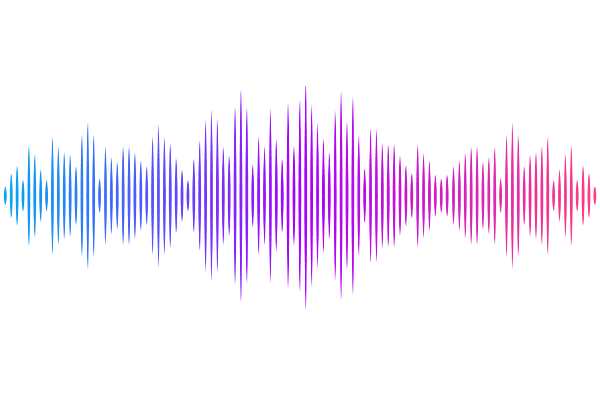Genome Dynamics and Chromosome Structural Variations in Histoplasma ohiense, a fungal pathogen of humans

Genome Dynamics and Chromosome Structural Variations in Histoplasma ohiense, a fungal pathogen of humans
Heater, S.; Voorhies, M.; Sil, A.
AbstractHistoplasma is a clinically important but understudied genus of thermally dimorphic human fungal pathogens. Histoplasma species normally transition between a multicellular sporulating hyphal form in the soil and a unicellular pathogenic yeast form in a mammalian host. Little is known about genome plasticity of Histoplasma, which we address in this study with the ultimate goal of increasing our understanding of its pathogenicity. This study addresses the Histoplasma genome and its plasticity to further our understanding Histoplasmas ability to cause severe disease. Here we present the first telomere-to-telomere genome assemblies for Histoplasma ohiense. To analyze genome alterations between isolates, we develop an analysis tool to identify genome discontinuities relative to a reference genome. We utilize this analysis to interrogate the genome of laboratory strains and natural Histoplasma isolates and discover that the previously published reference genome does not completely match the chromosome structure of the majority of isolates, instead harboring reciprocal chromosome translocations. We identify the telomere-to-telomere Histoplasma ohiense reference genome that is most representative of clinical isolates. Additionally, to determine the rate of Histoplasma genomic changes, we sequence 46 passaged isolates and calculate the mutation rate to be 2.6 x10-10 SNP/base/doubling--the first such measurement to our knowledge within the order Onygenales, which encompasses several critical fungal pathogens. Finally, we sequence populations of cells to assess genome stability over the course of a month under both yeast and hyphal growth conditions. Interestingly, we observe that transposon signal is not static over time and instead increases during growth in both the yeast and hyphal forms as well as through morphologic transitions, suggesting an increase in transposon copy number. Taken together, this work highlights the plasticity of the Histoplasma genome and presents a comprehensive genome assembly that is representative of Histoplasma ohiense natural isolates.